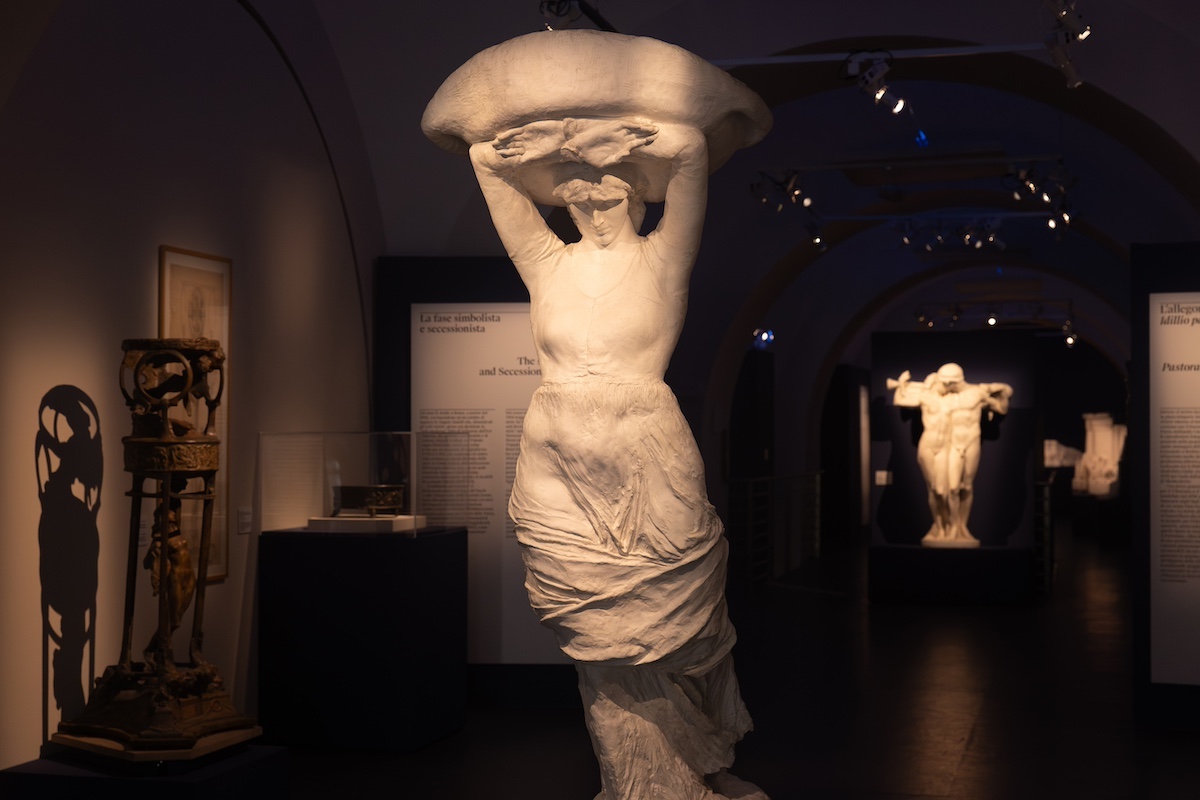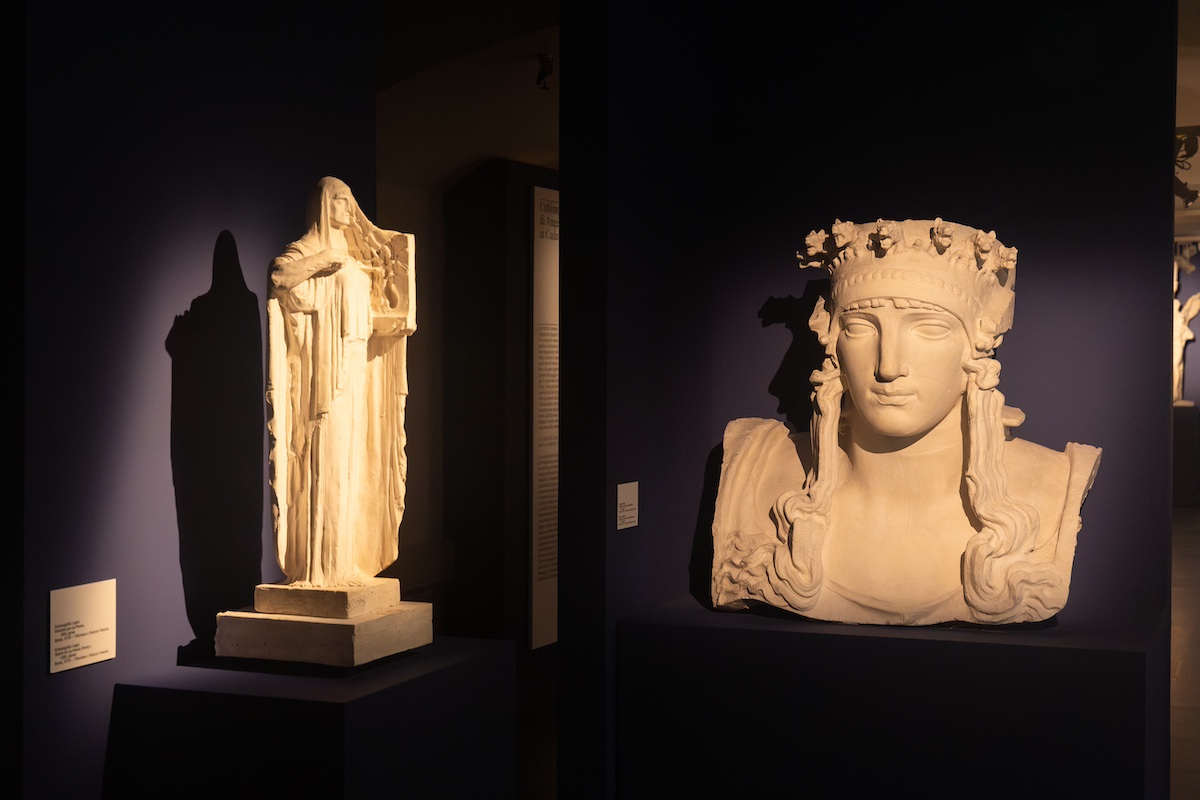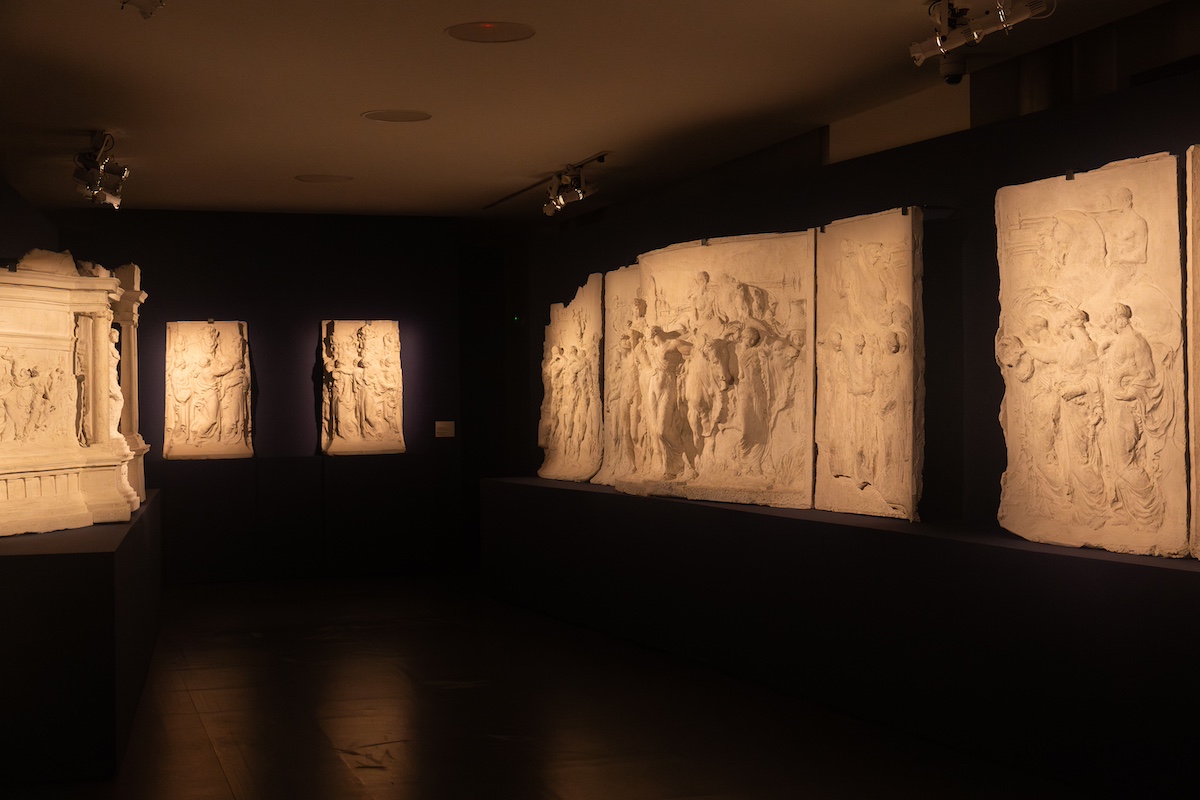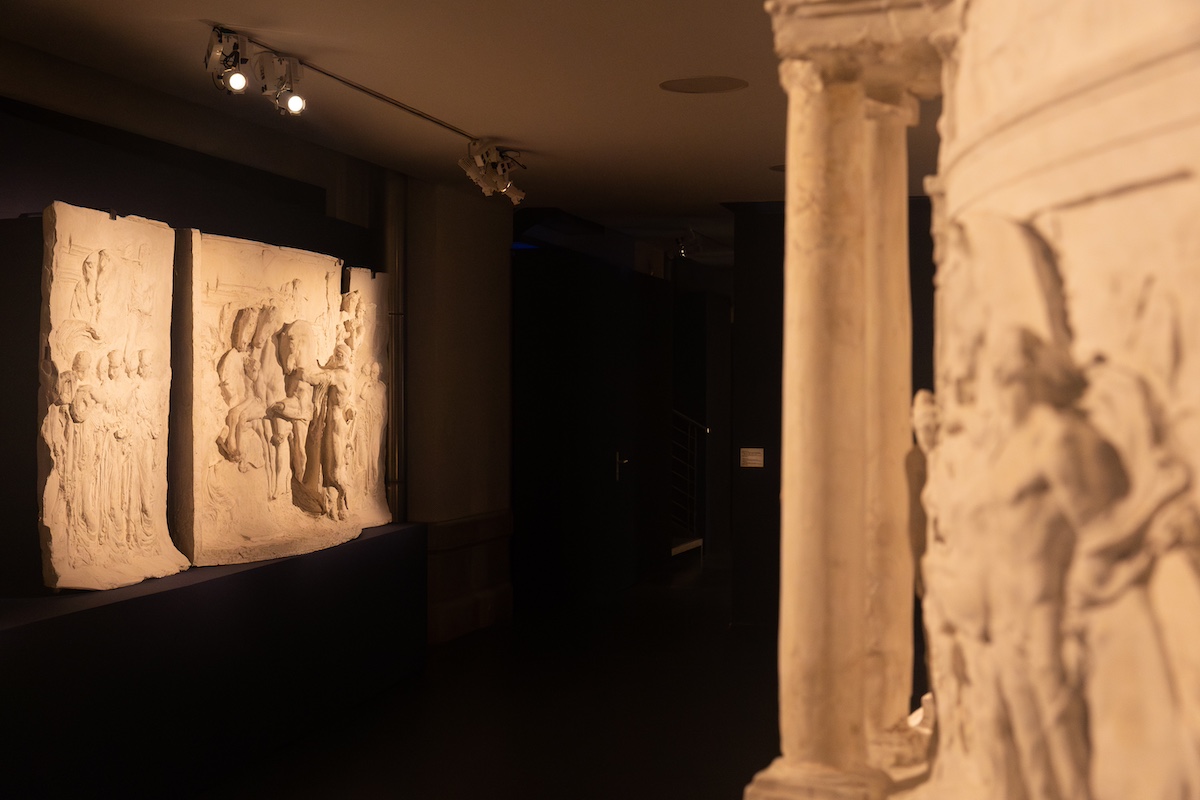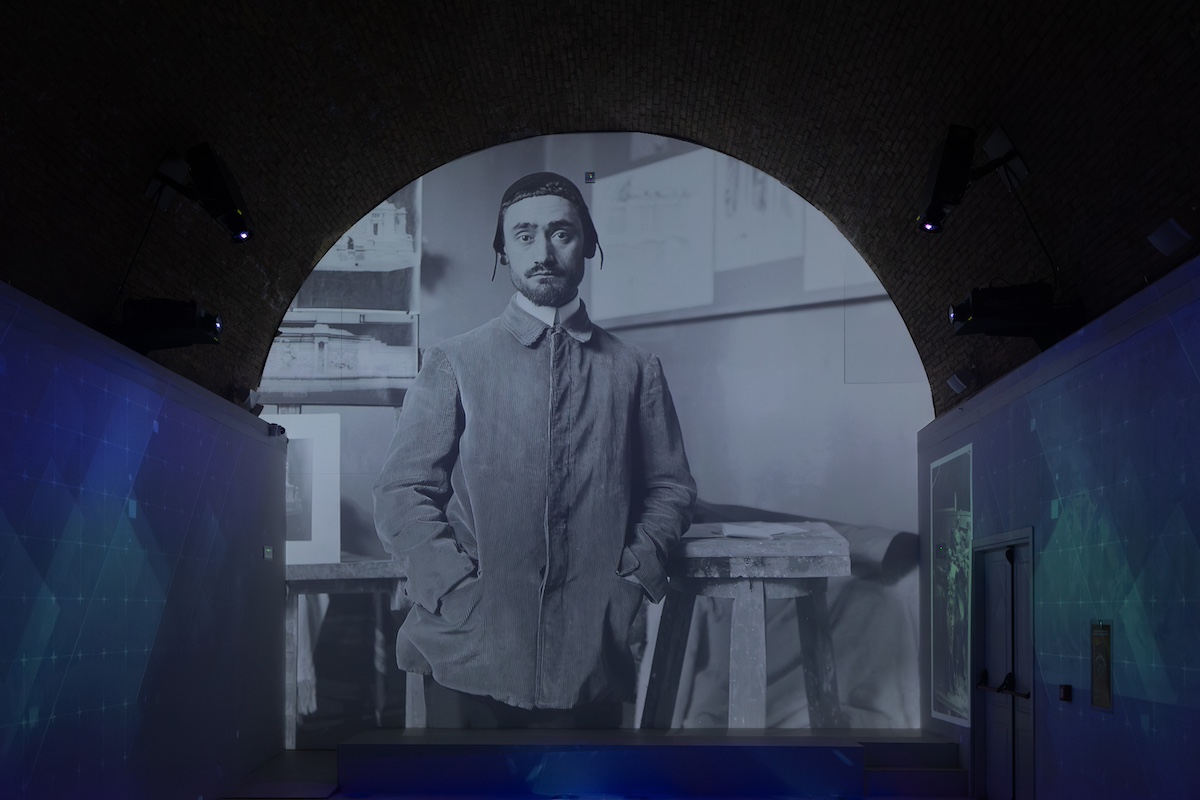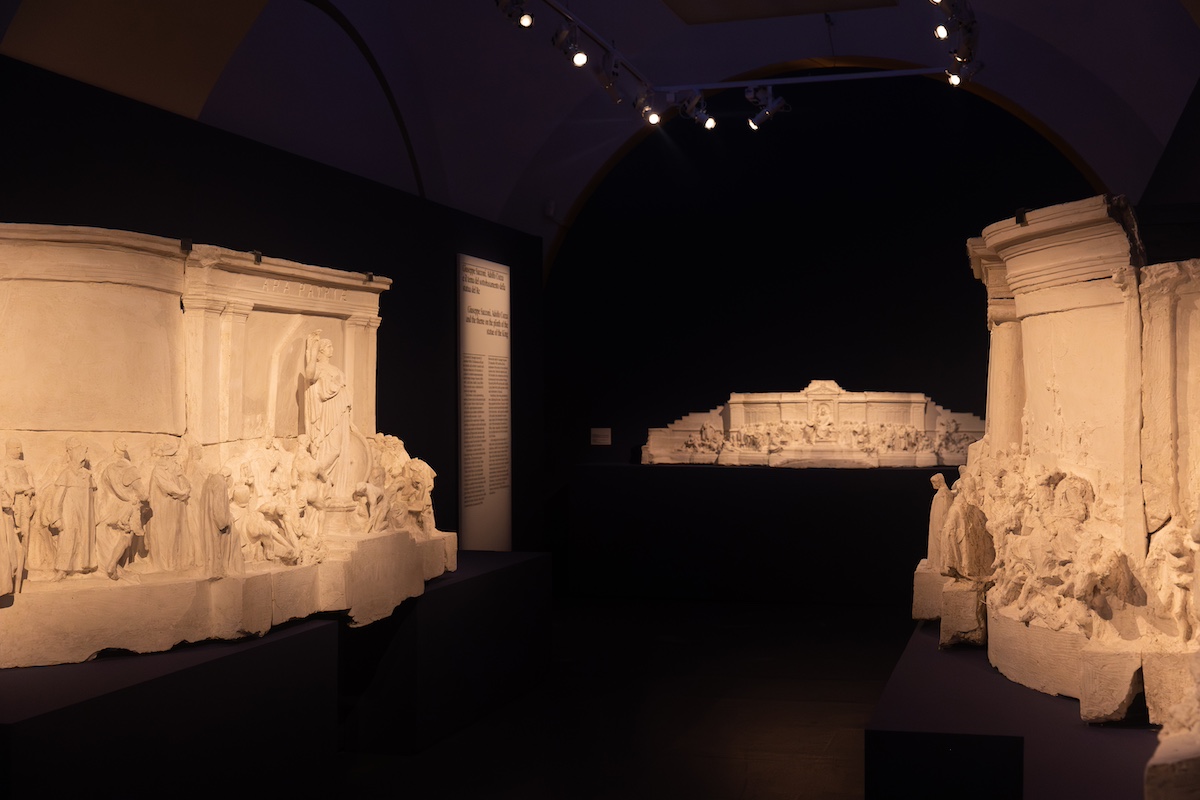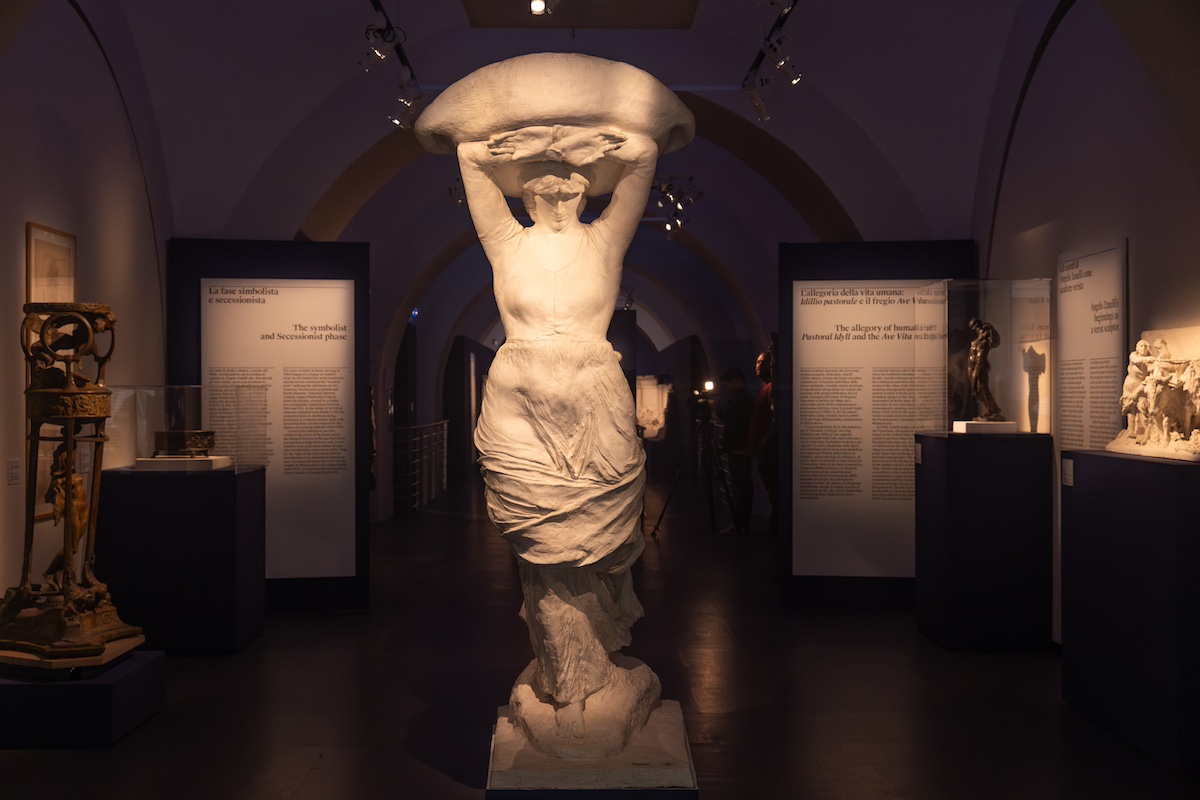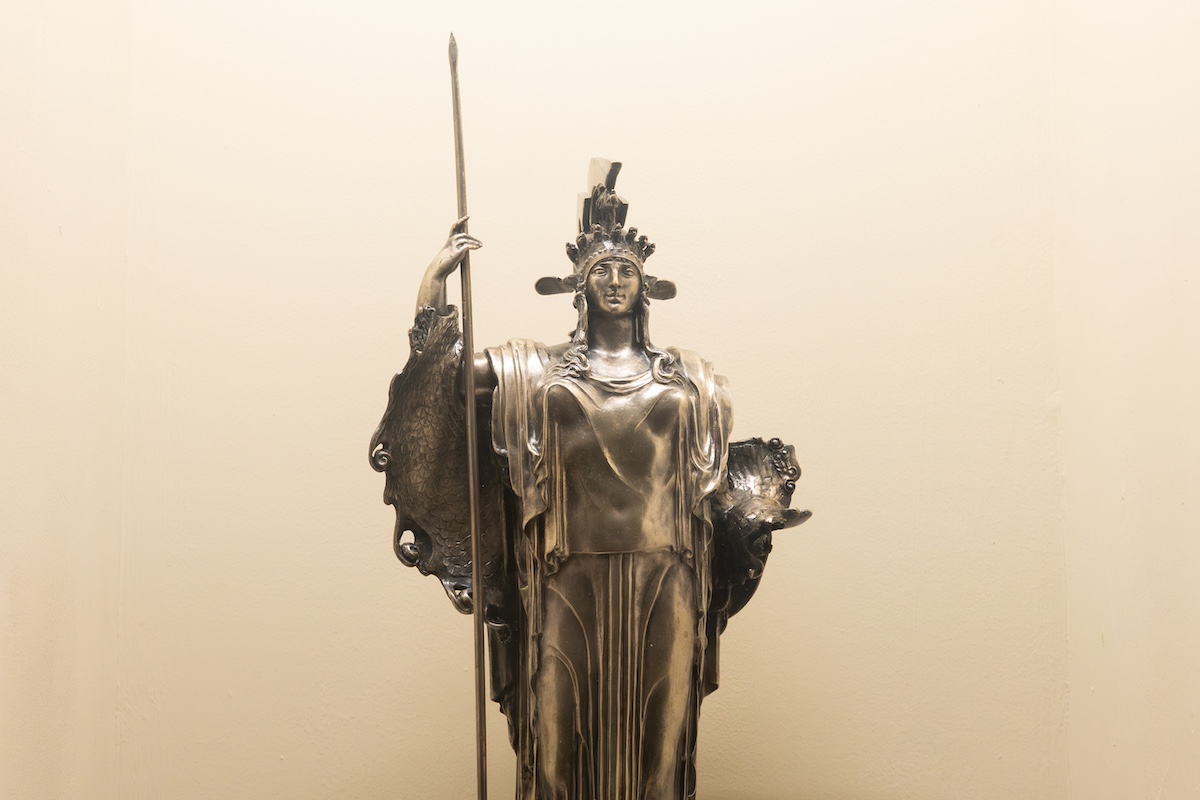"Angelo Zanelli and the Altar of the Fatherland" follows the guidelines of VIVE director Edith Gabrielli for the focus exhibitions designed to promote the collections of Palazzo Venezia and the Altar of the Fatherland, and enable the public to broaden their knowledge, in accordance with a wide-ranging research and outreach programme conducted by the institution since it opened in 2020.
“The Zanelli event is the second focus exhibition organised by VIVE after Bronze and Gold – says Edith Gabrielli. For a long time, not only Zanelli but all the sculptors who operated on the Altar of the Fatherland were victims of a lack of critical understanding. This exhibition changes this, helping the public and – why not – academics, too, to learn more about them. A different and certainly positive scenario emerges and we can say that the large frieze of the Altar of the Fatherland has been returned to the public and critics for good.”
The exhibition is rooted in research and not surprisingly Professor Valerio Terraroli, a leading expert on Italian art of the 19th and 20th centuries specialising in Angelo Zanelli, was asked to curate it.
The first aim of the exhibition was to re-evaluate Angelo Zanelli. The artist became nationally and internationally famous thanks to his frieze for the Altar of the Fatherland, as demonstrated by his numerous commissions in Latin America. However, his persona fell into oblivion after his death. Terraroli illustrates the entire career of this artist from Brescia, from the early days to his admission to the Pensionato Artistico Nazionale of the Accademia di San Luca in 1903 and the prestigious commissions of the 1920s and ‘30s, highlighting his ability to bring together the classical tradition and international art movements such as the Vienna Secession of Gustav Klimt.
The specific focus on the Altar of the Fatherland falls within this sphere and the exhibition retraces the entire episode, cross-referencing the results of documentary research with new developments that emerged during the restoration. The narration comprises the 1908 competition, the people’s referendum when the Altar of the Fatherland was inaugurated in 1911 which resulted in Zanelli winning it, the various stages of execution of the frieze, the introduction of the Tomb of the Unknown Soldier in 1921 and the positioning of the Goddess Rome statue in 1925.
